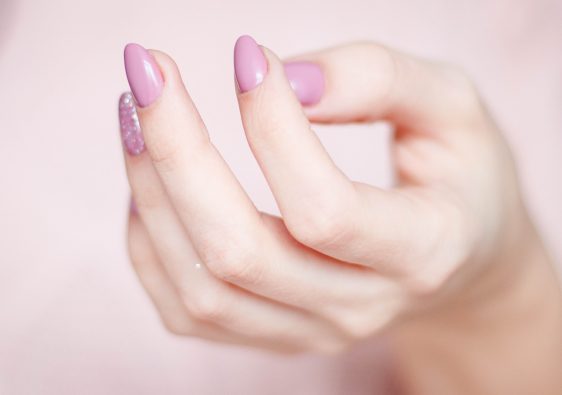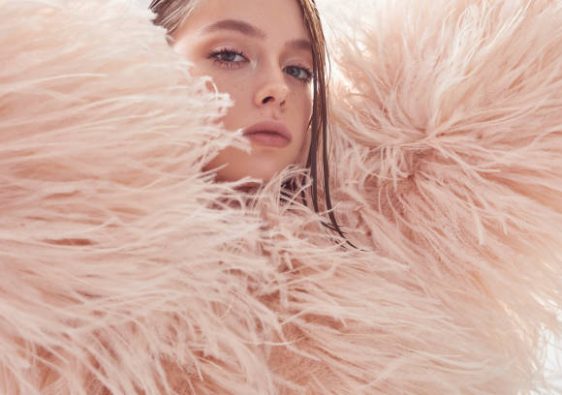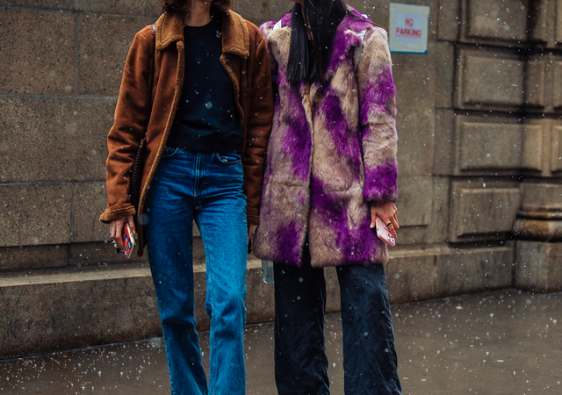We live in a time where the line between curated content and real life is blurrier than ever. And this happens a lot when it comes to fashion. Thanks to Instagram, and other visual-first platforms, our feeds are full of perfectly styled outfits. Outfit pictures with highly edited snapshots of “everyday” looks and flawless lightning. But the reality behind these images tells a different story.
Nowadays, fashion is no longer just about what you wear. It’s more about the way you present it. Social media has now dramatically changed the way we consume fashion, but also how we feel about our own personal style.
The rise of Instagram outfits
In the past, style inspiration used to come from magazines or celebrities on red carpets. Now, we look at content creators, influencers and even our own friends for some fashion guidance. The Instagram outfit has become a genre of its own. Meaning that there are coordinated looks designed to pop on camera rather than function in real life.
These are looks that are often highly polished, trendy and sometimes impractical. Like for example, sky-high heels for a 10-minute coffee run. Or layers and layers in peak summer heat. It’s fashion as a performance and not as a lived experience.
While there’s no shame in dressing up and having fun with it, it’s important to recognize the difference between dressing for likes and dressing for life.
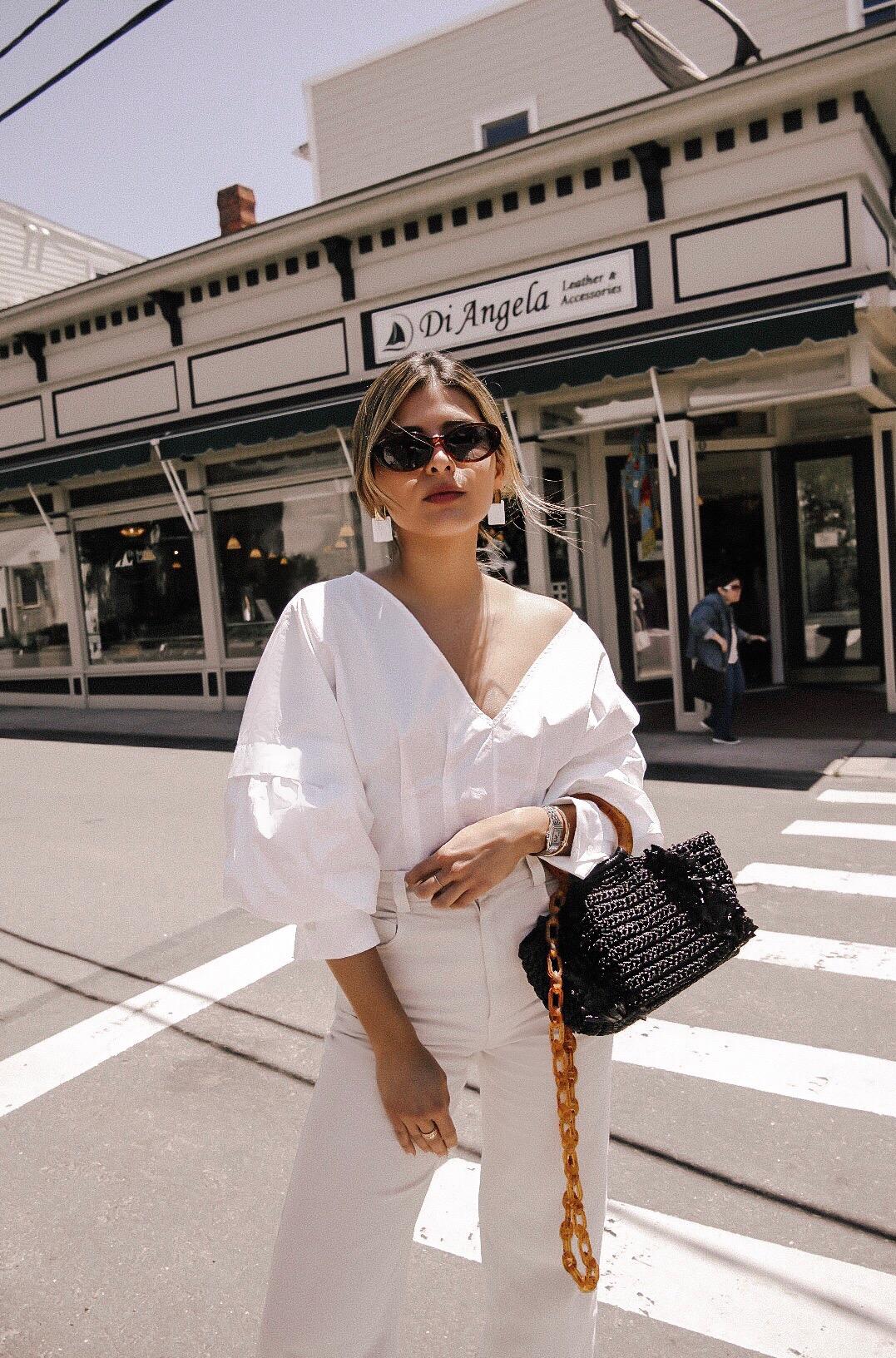
Image from: https://thegirlfrompanama.com/how-to-take-better-instagram-outfit-photos/
Wardrobe realism vs. filtered perfection
Instagram always favors perfection. Think of smooth lightning, post-production filters, and flattering angles. They all can transform even the simplest of outfits into something that can seem editorial. They can lead to unrealistic comparisons when we look in the mirror and wonder why our clothes don’t look the same.
Many creators will shoot multiple outfits in one day. They’ll also use stylists, ring lights and editors. And yet, viewers will often assume what they see is someone’s everyday style. So, these creators will have pressure to measure up.
But also, here’s the thing… real style happens off-camera. It’s about putting outfits together that work for your body, your needs and your life. This might not mean a head-to-toe trending look, and that’s also ok.
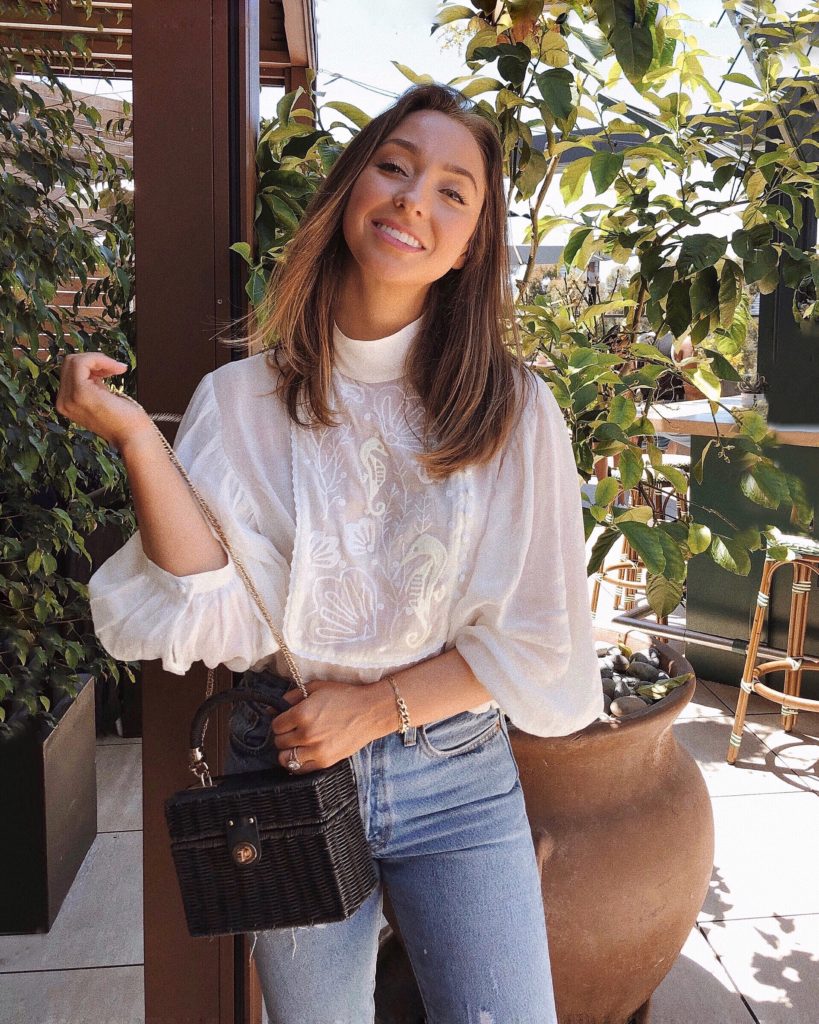
Image from: https://lostluxela.com/instagram-outfit-roundup-spring-and-summer-style/
Trend cycles on overdrive
Before social media, trends evolved over seasons. Now they can rise and fall within weeks. One viral video can launch a microtrend and before you know it, they can be already over. This rapid trend of cycling will encourage a constant craving for newness, which makes our closets feel outdated faster than ever. It also fuels fast fashion habits and overconsumption. And all in the name of staying trendy.
If you are feeling overwhelmed, then you’re not alone. It’s hard to keep up with trends that vanish as quickly as they appear. And the solution is to anchor your style in what you love to wear, regardless of what’s trending that week.
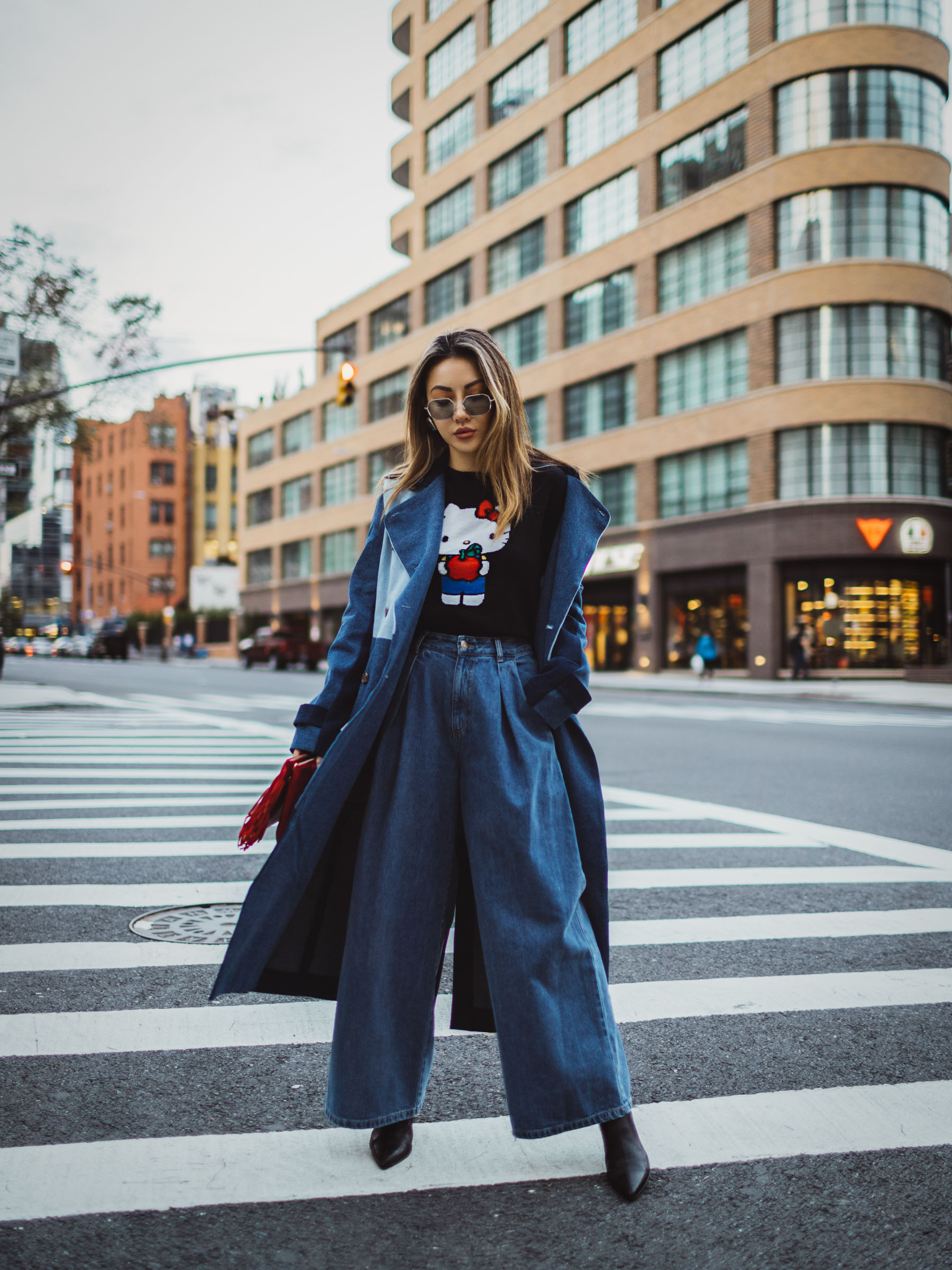
Image from: https://www.jessicawang.com/instagram-outfits-round-up-cozy-fall-layers/
Everyday fashionistas vs influencers
Not everyone is styling outfits with brand sponsorships, free clothes or with a glam squad. Many influencers are doing it, and they can be creating a disconnect. The reality is that most people will wear the same favorite pieces on repeat. They’ll mix high and low and re-wear outfits across years… and not only for a post. That’s real fashion.
Influencers can be a great source of inspiration, but they shouldn’t be the blueprint for your wardrobe. Instead of copying their looks, you can take ideas and make them your own. Style, in the end, is personal. It should feel authentic and not like a performance.
Behind the scenes of perfect shots
It’s important to demystify what foes on into a flawless outfit post. For a single picture, there might be like 20 outfit changes, dozens of rejected shots, edited backgrounds. Besides photoshops touch-ups and strategic posing to hide flaws.
None of this is bad, it’s part of content creation. But it’s important to remember that these are curated images and not candid ones. If you ever look at one post and thought: “Why don’t I look like this in an outfit?”. Just know that you’re seeing the highlighted version, not the whole picture.
Reclaiming style as self-expression
Social media also has its pros. It has democratized fashion, given visibility to diverse body types and even style aesthetics. It has also helped niche fashion communities to thrive. From androgynous stylists to thrift queens, the fashion world feels more expansive now.
The trick is to stay grounded in your sense of self. Use social media as inspiration not instruction. You don’t need the perfect photo to rock an outfit. You just need to feel like you in it.
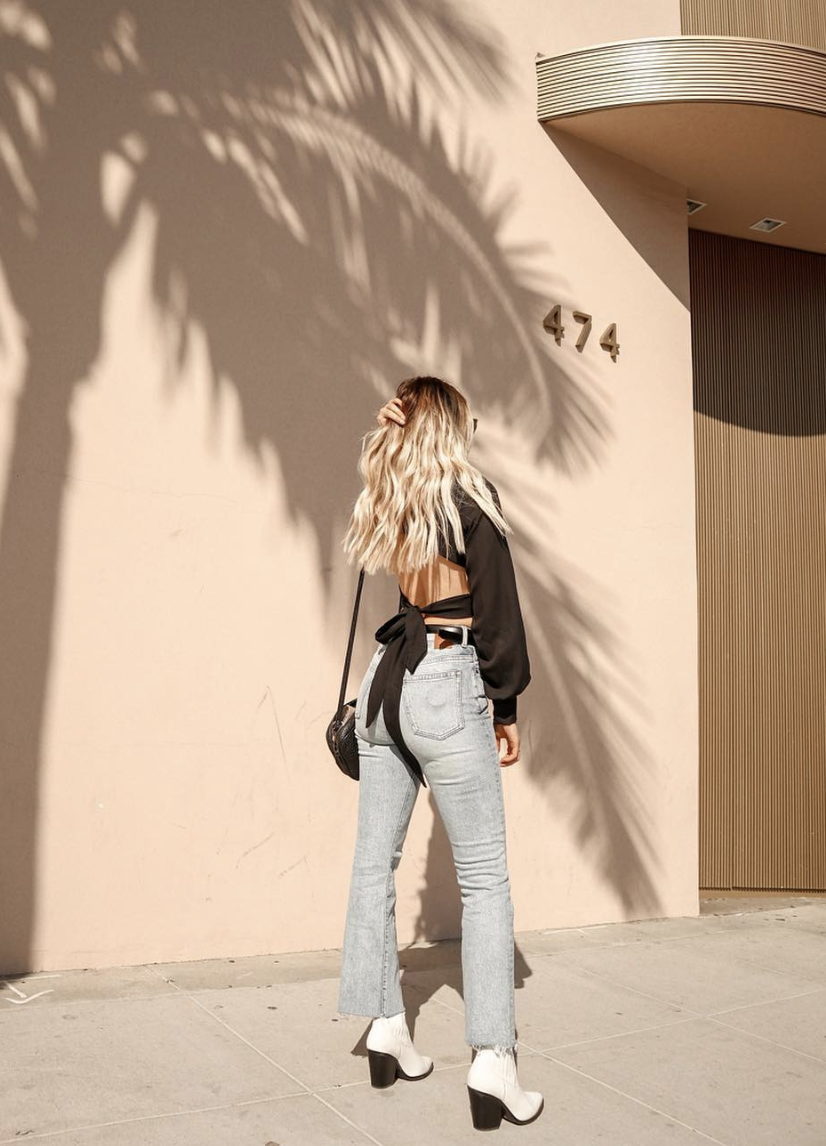
Image from: https://www.xrfdeals.online/?ggcid=2006159
